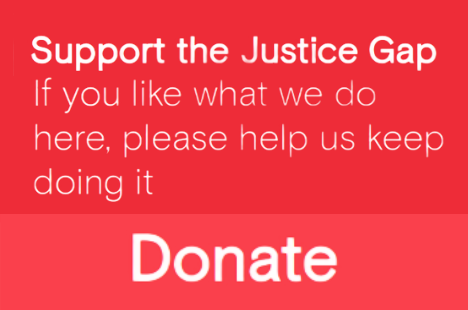The government’s commitment to its strategy to improve outcomes for women in the criminal justice system was damned as ‘weak’ and ‘disappointing’ in a heavily critical report by the spending watchdog. The National Audit Office (NAO) reports that the Ministry of Justice had made ‘limited progress’ on its ‘Female Offender Strategy’ and devoted just a third of the funding that the programme was initially assessed to require.
The MoJ published the strategy four years ago to reduce the number of women entering the criminal justice system and increase the proportion of offenders managed in the community. Whilst the women’s prison population had fallen by 16% since 2018, the watchdog concluded that there was no evidence that this was caused by new strategy and ‘probably’ explained by the COVID-19 pandemic.
‘The MoJ has not made the Female Offender Strategy a priority,’ said Gareth Davies, the head of the NAO. ‘The strategy is intended to improve outcomes for women, but a lack of clear goals makes it hard to evaluate progress. Even in the areas where it focused attention, such as developing community options for women, delivery has been disappointing.’
In 2007, following the deaths of six women at Styal prison within a year, the government commissioned the landmark Corston Report which called for a different approach to achieve equality of outcomes for women and ultimately led to the introduction of the Female Offender Strategy in 2018.
The Centre for Women’s Justice (CWJ) said that the NAO highlighted ‘the disappointing progress’ of the strategy ‘which promised so much but – despite the best efforts of many on the ground – has been hopelessly held back by a lack of investment and leadership’. ‘The strategy recognised that most women in contact with the criminal justice system are themselves victims of violence and abuse, and that for many their offending results directly from the abuse,’ the group said. ‘Yet the government has not taken any action to change this appalling reality. There has been no attempt to reform law and practice to ensure women’s experience of abuse is taken into account in decisions to prosecute and convict them for offences arising from their experience of abuse, or to ensure they have effective defences.’
According to the NAO, the MoJ decided against setting targets for the programme’s objectives including how many women it expected to divert from the criminal justice system. ‘Without clearly setting out the scale of its ambitions, the ministry could not estimate what funding would be required to deliver the programme, or what savings the programme might achieve,’ the watchdog said; noting the ‘only funding’ it initially made available was £5.1 million in 2018-20 for supporting women’s services in the community. ‘Across the 2020 and 2021 single year Spending Reviews, the Ministry allocated to the programme just £13.1 million of the minimum £40 million that the programme team initially estimated it would need for certain aspects of the programme.’
The programme team focused its funding on developing community options for women because it was urgently required; however even in that area, the NAO said that the MoJ had made ‘limited progress’. Funding for women’s services was restricted to short-term grants of less than a year and providers told the NAO that this made it difficult to plan ahead. ‘The Ministry’s plans to pilot five residential women’s centres have also been considerably delayed because of difficulties finding a site for its first centre in Wales, and resource issues,’ the NAO said. ‘Only £500,000 of an expected £3.5 million will be spent on these centres in 2021-22.’
The watchdog said that government did ‘not have a good understanding of whether it is making progress towards the strategy’s wider aims’. ‘No performance measures were set for the strategy, which means the Ministry cannot identify if trends in the data on women in the criminal justice system align with its objectives,’ it said. ‘As a result, the Ministry’s ability to make joined-up decisions has been limited. Its plans to create an additional 500 prison places for women, for example, did not consider any likely change in demand that might come from more women being managed in the community.’




